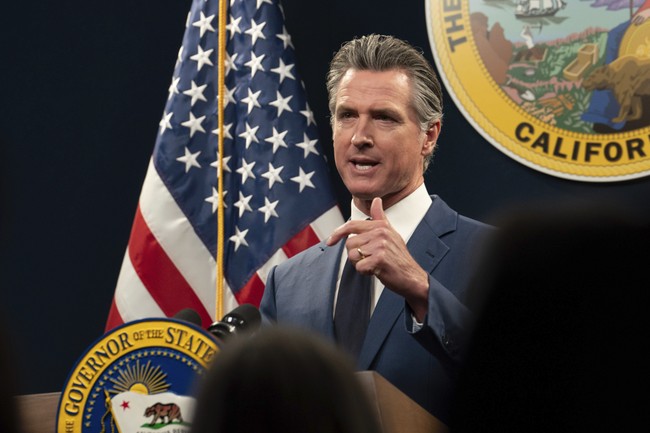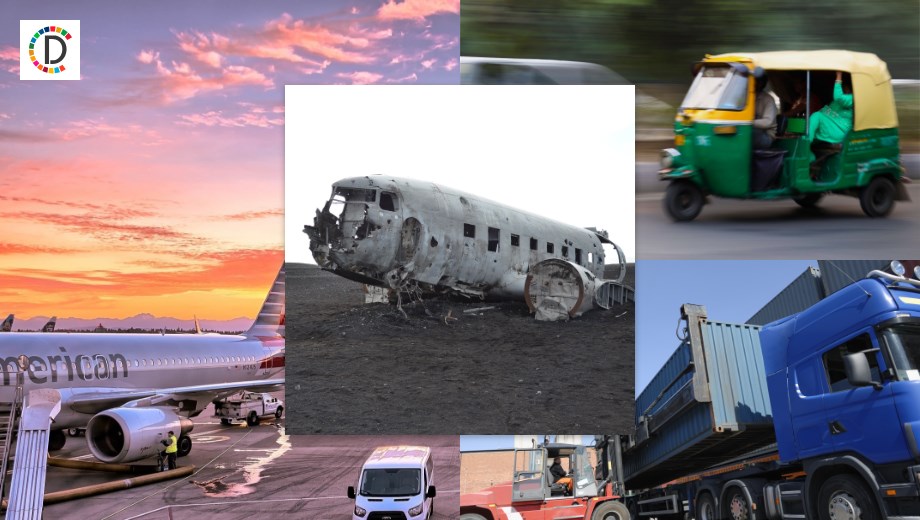Wildfires Ravage Western Canada, Forcing Evacuations
Thousands are on the move as wildfires spread across Western Canada, alarming locals and authorities. Evacuations are underway as massive blazes threaten communities.
Published May 16, 2024 - 00:05am

Image recovered from eleconomista.com.mx
Massive wildfires have ignited across Western Canada, triggering widespread evacuations and jeopardizing air quality and public health. Communities in British Columbia and Alberta are facing immediate threats as fires engulf vast territories of forestland.
In British Columbia, the Northern Rockies Regional Municipality and the Fort Nelson First Nation have been compelled to evacuate thousands of residents as a nearby fire nearly doubles in size to 4,136 hectares. The crisis also looms over Fort McMurray, Alberta, an oil hub that previously suffered considerable damage during the 2016 wildfires, with residents urged to prepare for evacuation.
Alberta authorities have reported two extreme uncontrollable fires and a total of 43 active fires with one raging at 5,500 hectares and growing, indicating an urgent crisis. The weekend saw the blaze extinguished, yet a resurgence is feared as temperatures are expected to rise. Firefighters, supported by helicopters and water tankers, are actively battling the blazes.
Notably, this fire season commenced earlier than usual, posing daunting challenges to the region. Fort Nelson's Mayor, Rob Fraser, expressed apprehension given the lack of humidity to dampen the fires. With severe drought conditions exacerbating the issue, efforts are intensifying to mitigate the wildfire's impact.
Meanwhile, in Fort McMurray, Alberta, the memory of the devastating 2016 fires is still fresh. Mayor Don Scott of Wood Buffalo expresses concern not just for the safety of the residents but also for the oil industry, vital to Canada's economy. Efforts are ongoing to safeguard both the community and production sites. Climate change has been spotlighted as a culminating factor in the increasing frequency and intensity of forest fires.
The wildfire season of 2023 has already set distressing records in Canada, leaving a trail of destruction across the nation and mounting fears over air quality and safety. The federal government underlines 'very high' risks to air quality as smoke blankets the west of the country. Alert status remains effectuated in numerous localities as officials and firefighting crews grapple with the possibility of rapid deterioration in conditions.
The fires pose not only an immediate physical threat to residents but also cast a shadow over Canada's tourism industry. Misconceptions arising from headlines can mislead international visitors into believing that entire Canada is under siege by wildfires, which harms the tourism sector according to Beth Potter, president of the Tourism Industry Association of Canada.
The situation has prompted a multifaceted response from federal, provincial, and local government bodies. The Canadian Interagency Forest Fire Centre (CIFFC) is coordinating nationwide efforts to dispatch resources and personnel to the frontlines of the firefighting operation. This level of interagency collaboration underscores the seriousness of the current wildfires, as support teams from across provinces join forces in a concerted attempt to contain the disaster.
Health officials have issued advisories for individuals with respiratory problems, the elderly, and children, as the thick smoke could lead to increased incidences of health complications. Hospitals and emergency services are on high alert to address any surge in medical needs. Many schools have temporarily closed, and public gatherings have been restricted in several areas to protect residents from hazardous air conditions.
Environmental scientists point to multiple factors contributing to the severity of the wildfires. Besides higher temperatures and severe drought conditions, a history of fire suppression has led to an accumulation of dense undergrowth, which can fuel larger and hotter fires. Scientists have also noted changes in natural fire intervals and intensity, a situation which is exacerbated by climate change — making forests more susceptible to large-scale outbreaks.
Canada's indigenous populations are among the hardest hit by the wildfires. Their communities often reside in remote areas that are difficult to evacuate, and the profound connection they have with the land adds a layer of cultural loss to the destruction caused by the fires. Indigenous leaders are calling for greater involvement in fire management, emphasizing traditional practices that could help mitigate such disasters in the future.
Economic impacts of the wildfires extend beyond immediate crisis management. Insurers are bracing for a surge in claims as the extent of property damage becomes clearer. The wildfires of 2016 resulted in payouts amounting to approximately C$3.58 billion, and the current fires are raising concerns amongst insurance companies and policyholders alike. Additionally, the disruption to the oil industry, primarily located in Alberta, has the potential to reverberate through the Canadian economy. The oil sands operations are vulnerable to fire hazards and subsequent production stoppages could affect global oil prices.
On a national level, Prime Minister Justin Trudeau has acknowledged the increasing regularity and intensity of wildfires in Canada, linking the crisis to broader global climate patterns. His administration is under pressure to enhance the country's commitment to combatting climate change, as promised in international agreements. Trudeau has pledged to invest in sustainable practices and clean energy as part of the solution to reduce the likelihood of recurrent severe wildfires in the future.
As firefighting efforts continue, the Canadian military has been deployed to provide assistance with evacuations and logistics. The Canadian Red Cross is also involved, offering support to those affected. They have set up emergency reception centres for evacuees, providing essential services such as food, shelter, and medical care. The crisis has mobilized community groups and volunteers throughout the country, demonstrating Canada's spirit of resilience and collaboration in face of adversity.
The federal government has made emergency funds available to help with recovery and rebuilding efforts for affected communities. Alongside this financial aid, there has been an increased call for investing in wildfire prevention strategies and enhancing the forest management policies that could prevent similar catastrophes from occurring in the years to come. Policymakers have been urged to consider proactive measures such as controlled burns and the strategic thinning of forests, combined with the integration of indigenous practices for land stewardship.
For now, the fight against the wildfires goes on, and the nation watches apprehensively as brave men and women on the frontlines work tirelessly to protect life, property, and the beautiful yet vulnerable Canadian wilderness from the raging inferno.







